Key to the Wahoo Trackr heart rate monitor’s appeal is its rechargeable battery, which makes it extremely unusual. In fact, I’ve never used a rechargeable HRM before, they’ve always been powered by button cells.
There are many benefits to using a chest strap monitor like this when training, not least the accuracy it provides.
It also means you can monitor your heart rate during activities where you don’t necessarily want to wear a fitness tracker watch, or where dynamic arm movements would give its optical sensor a hard time getting a read on your pulse.
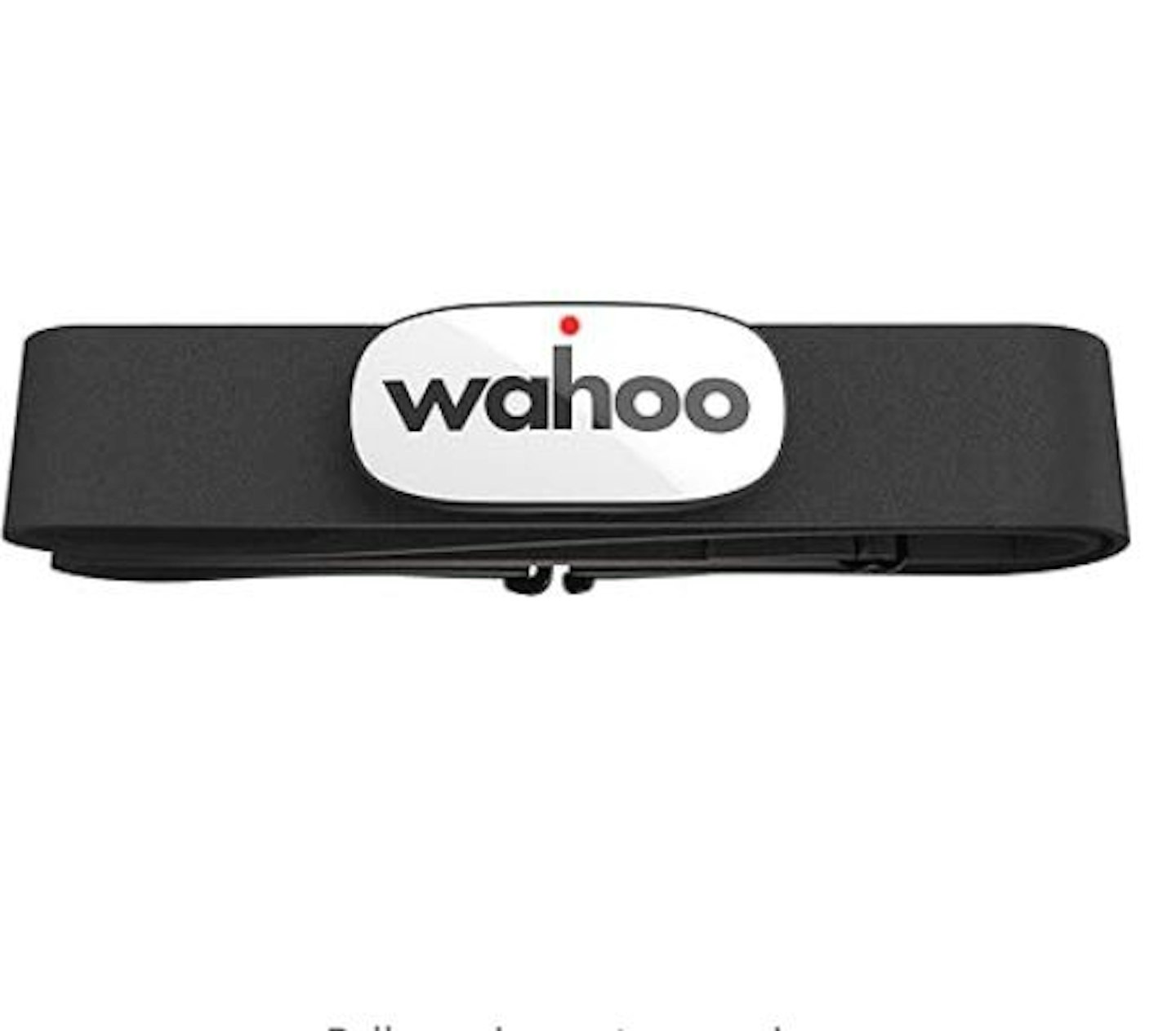
Pros
- Accurate
- Fast to connect
- Super comfy
Cons
- No activity cache
- Limited waterproofing
What’s good?
Whatever your reason for upgrading your heart rate monitoring, it’s fair to say that these days the use cases have become more specialist, as fitness tracking watches have got more and more accurate.
In my case this means although I don’t use a chest strap as much as I used to, when I do want to use one, I want to be sure it’ll work first time. Rather than find it sat with a dead battery I have to go hunting in a drawer to find a replacement for.
The Trackr heart rate replaces Wahoo’s old Tickr monitor and promises better accuracy over that model and up to 100 hours of active use between charges.
It’s mounted on a soft and comfortable strap with a simple hook and loop closure, which sits flat against the skin, doesn’t irritate even during high intensity training, and dries quickly. In fact, I quite often forgot I was wearing it, which is about the best compliment you can give a device like this.
The device is held on with two poppers and sits reasonably tall, which initially made me concerned that it might bounce around or get caught on my cycling jersey zip, but neither of these things presented a problem.
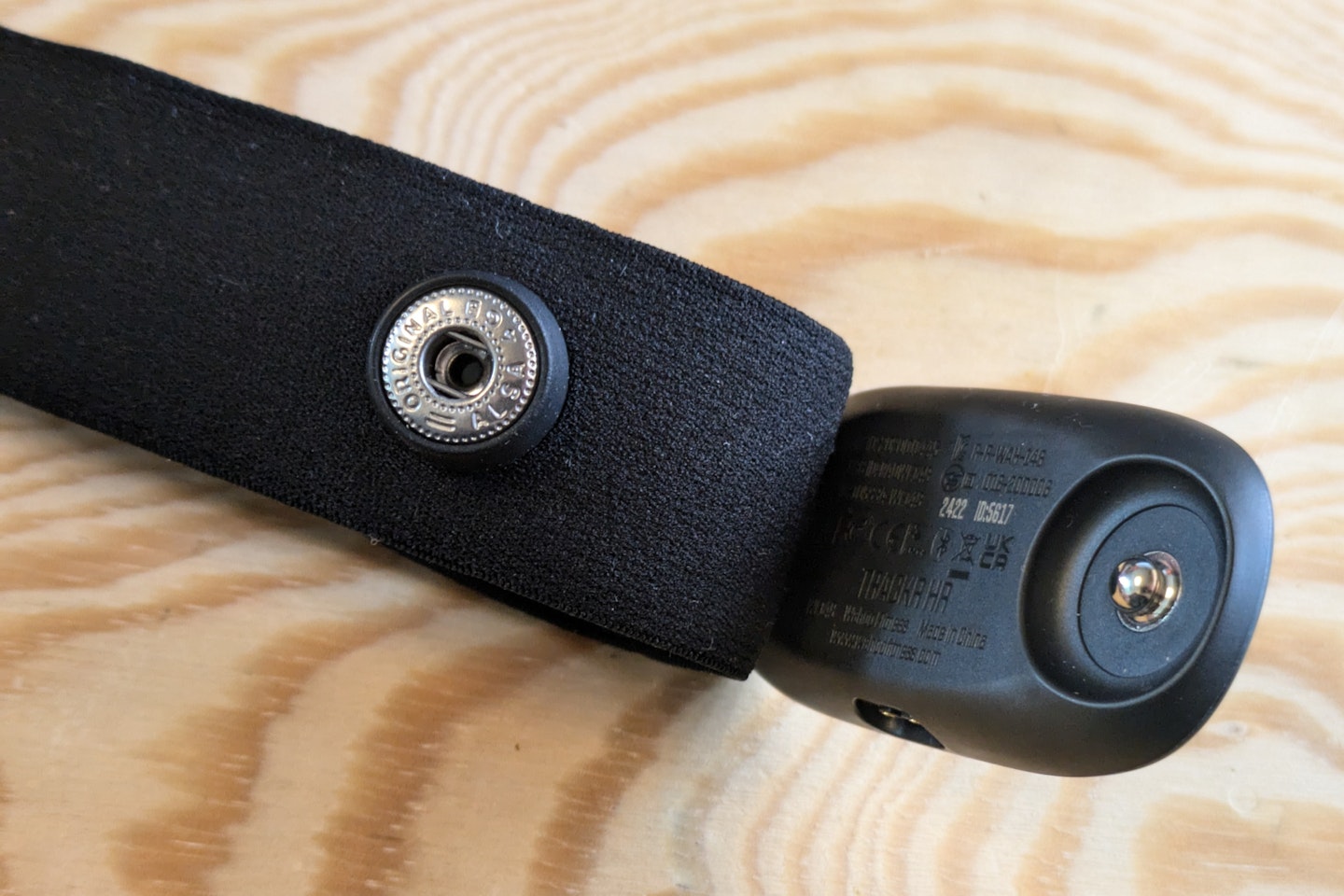
In terms of connectivity, the Wahoo Trackr heart rate comes with ANT+ and three Bluetooth connections meaning you should be able to hook it up to just about anything. Using the latter I’ve paired it directly to Zwift on my tablet, Wahoo’s own app on my phone, and also to my Garmin watch using ANT+.
With this combination I can use it for any of my activities, and it has a fast and stable connection that means I’m able to just get on with my workout without having to wait for it to sync (or having to check it’s hooked up properly).
There are none of the weird peaks and drop-outs on my heart rate graph I sometimes get from wrist-mounted fitness trackers during sports that are naturally quite shakey on the limbs. Higher heart rates also look less “blocky” on the graph than with a watch too, which suggests it’s more accurate to small changes when you’re really pushing it.
Best of all I’ve found it responds quicker to changes in my heart rate – I’ve found the heart rate reading on a watch can sometimes lag behind what I can feel in my chest, when accelerating quickly for an explosive effort on my cycling turbo trainer, for example.
What’s okay?
It is worth pointing out in this section that the non-rechargeable Wahoo Tickr had a battery life five times longer than the newer Trackr heart rate.
It’s unlikely that you’ll be exercising longer than its 100 hour capacity in one go (or maybe not, you tell me) and in reality it’ll still last longer than your other rechargeable gadgets – phones, smart watches, maybe even your car – so I’m not sure it’s a big a penalty as it seems.
What could be a big negative for you is the fact the charging cable is specific to the Trackr heart rate monitor, it’s not a USB-C that you can easily replace if/when you lose it. The cost of a new cable will likely be more than the cost of several years of button batteries in a non-rechargeable unit, potentially wiping out the cost-saving element.
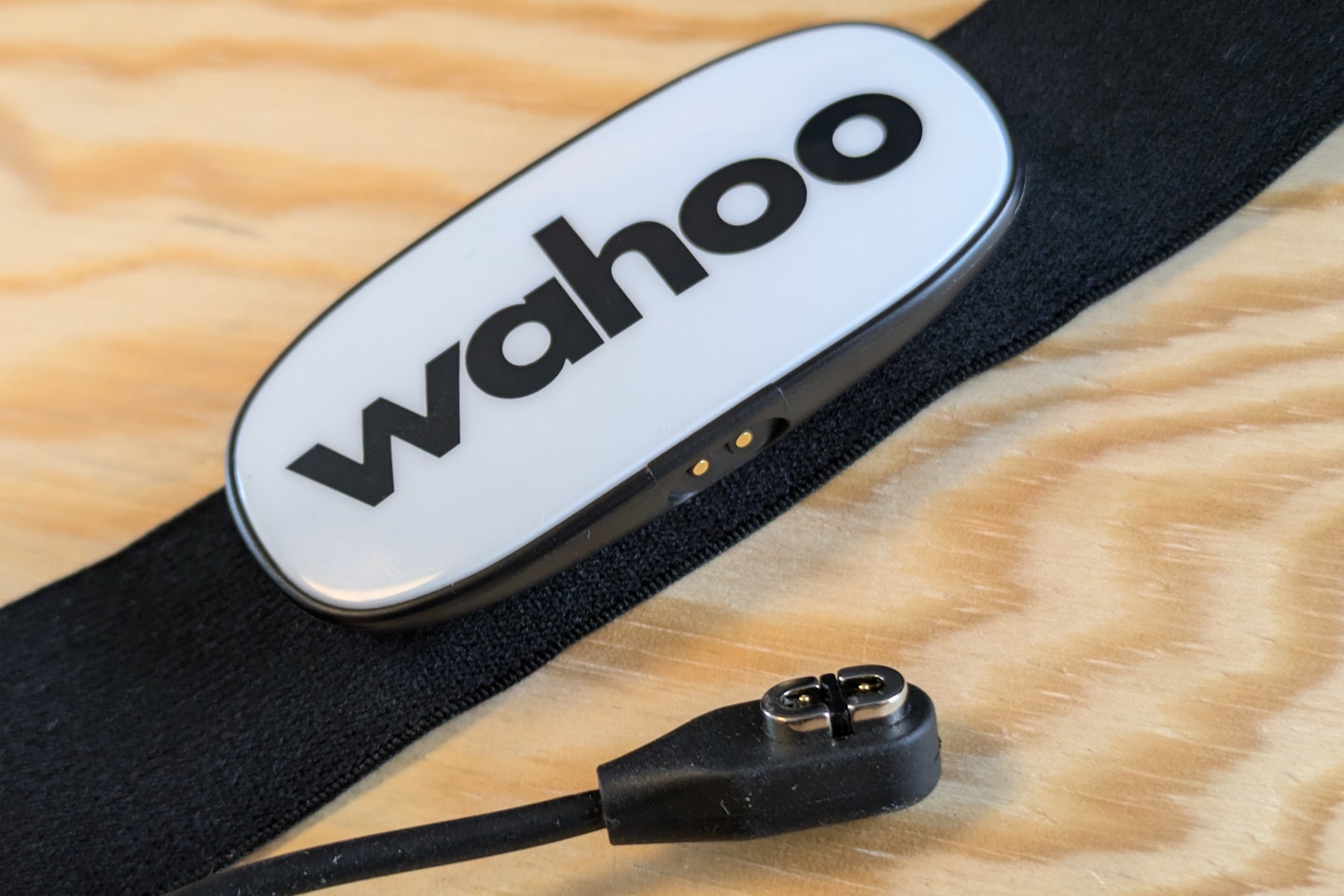
That said, this isn’t unique to the Trackr heart rate, most of my fitness tech is recharged with specific cables and it’s not exactly a hardship to leave it plugged into the same socket to make sure you don’t lose it. That won’t help you if you travel lots and want to take the Trackr heart rate with you, of course.
The final subjective downside to this unit is the length of its strap – Wahoo says it’ll fit users with chest sizes up to 127cm (50-inches) - I have a reasonably wide chest and it’s currently on its longest setting.
You might think the likely user of a heart rate monitor like this will already be in decent shape, but what if you’re using it to lose weight, or if you bench press more than me?
Any negatives?
Onto some more objective gripes – there’s no activity cache in the Wahoo Trackr heart rate, meaning you have to have it connected to a phone or watch to use it. That might not appear to be the biggest issue in the world, but consider that the argument for a heart rate strap over a watch includes the ability to use it for sports where you don’t want to wear a watch, and it suddenly seems like a bigger deal.
That’s also a useful feature if you want to use it while swimming, where optical heart rate monitors often struggle, but the Wahoo Trackr heart rate is only water resistant to one metre for 30 minutes anyway.
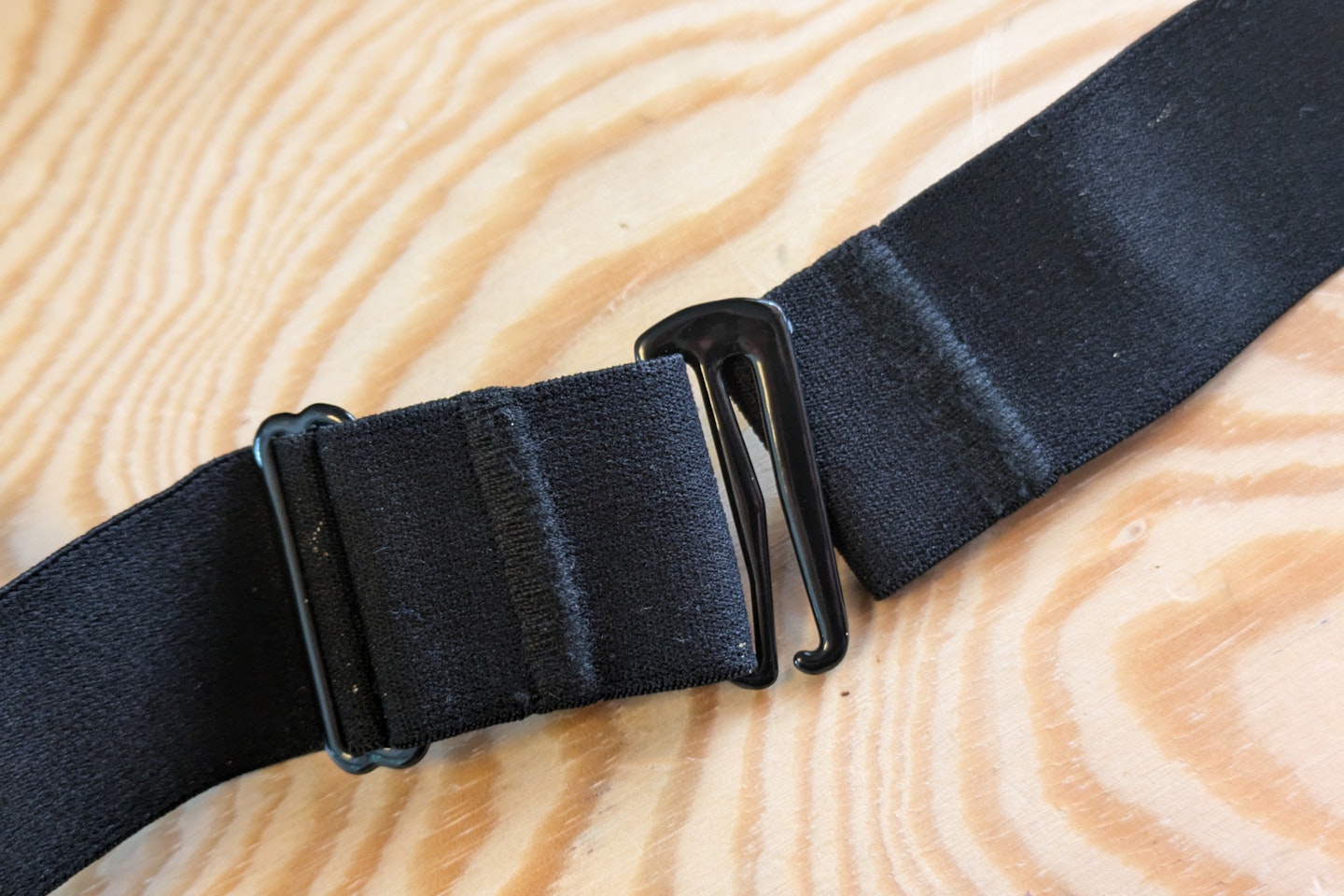
The point I’m making is both the Garmin HRM-Pro Plus and Polar H10 below have an activity cache and better waterproofing (with the caveat that prolonged exposure to pool chemicals can cause damage).
While the RRP for these monitors is admittedly higher than the Trackr heart rate, they’re often discounted to a more competitive price. That said, the Trackr heart rate is brand new, and if at any point it is also discounted, everything I just said becomes less relevant.
Would we recommend it?
Yes - if the lack of activity cache and strong waterproofing don't bother you the Trackr heart rate has some serious plus points – the most obvious being its rechargeable battery. But it’s also super comfy, accurate, and rapid to pair with all your devices.
More items to consider
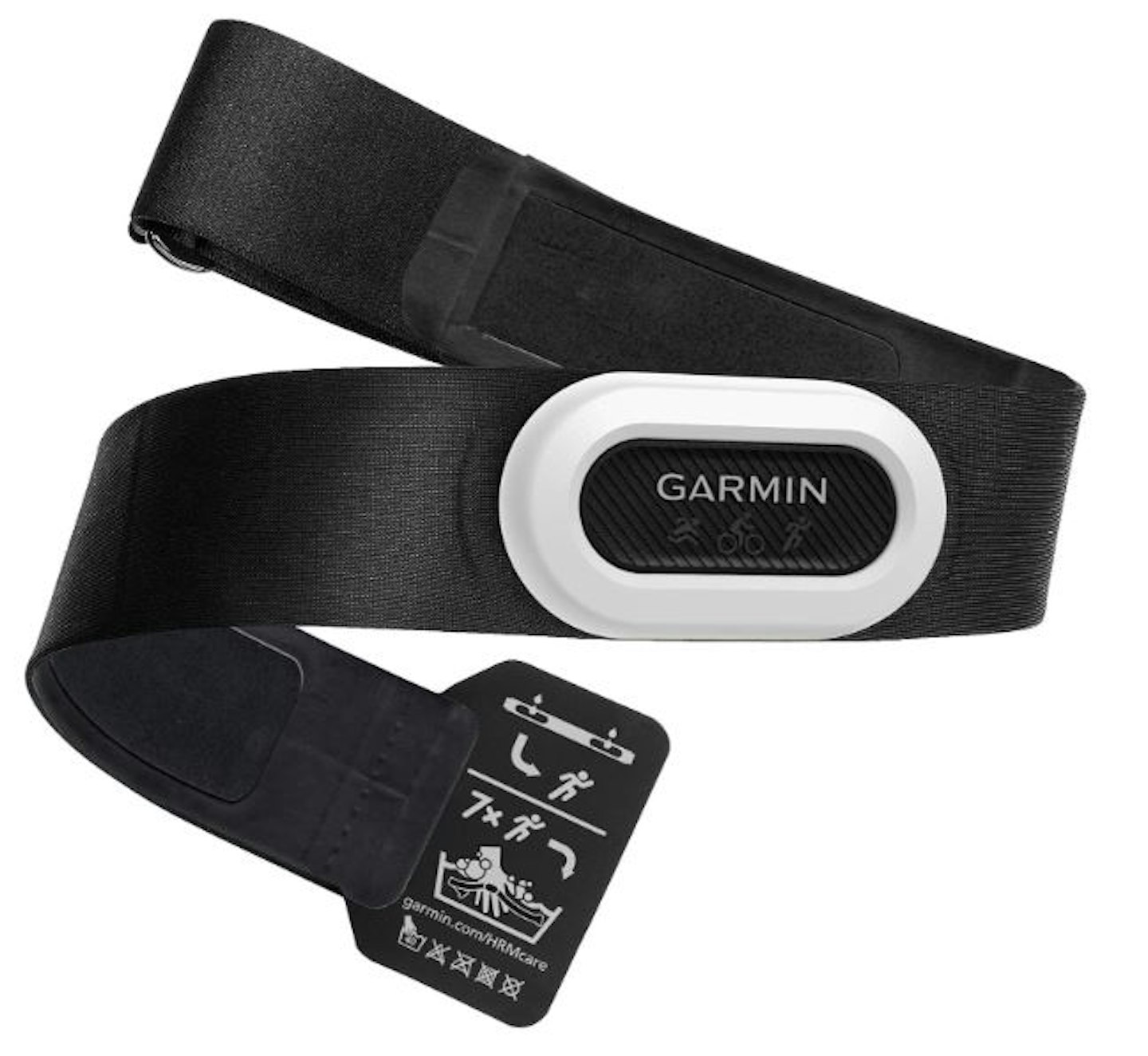
Pros
- Activity cache
- Integration with other Garmin kit
- Feeds back on running dynamics
Cons
- More expensive than the Wahoo
Pros
- Activity cache
- High waterproofing level
Cons
- More expensive than the Wahoo
How the product was tested
I’ve taken the Wahoo Trackr heart rate on runs, on both indoor and outdoor bike rides (including on my mountain bike) and played football wearing it too. This has included some properly sweaty training, and an absolutely rain-soaking too, with no issues in performance.

